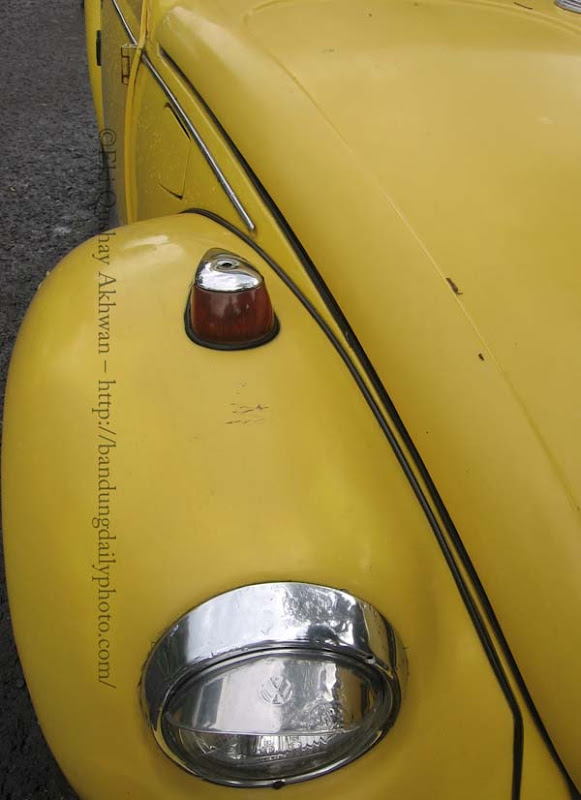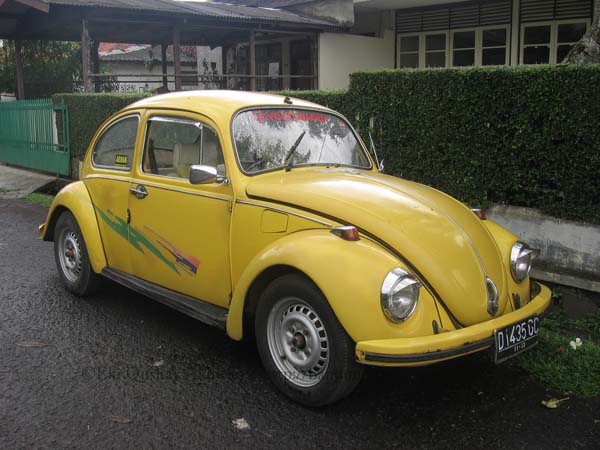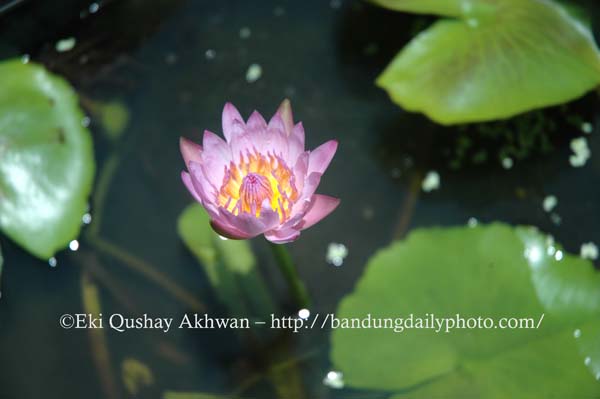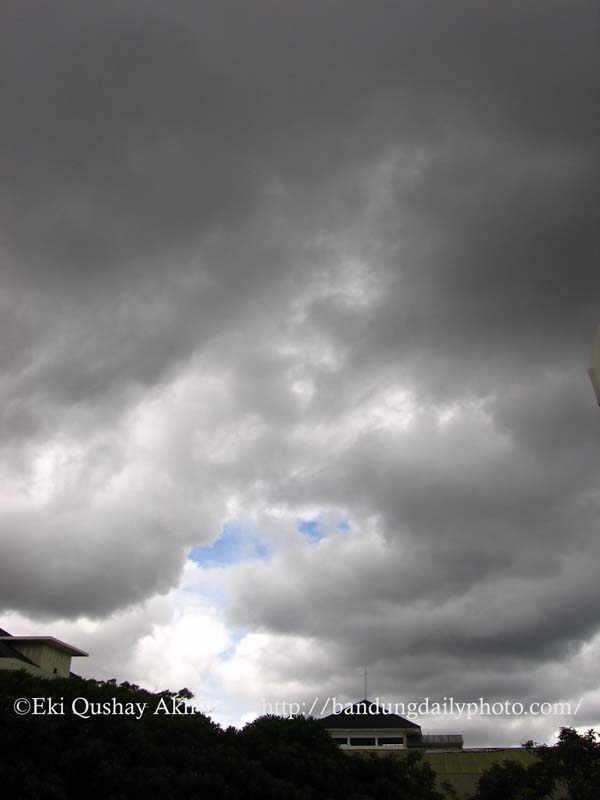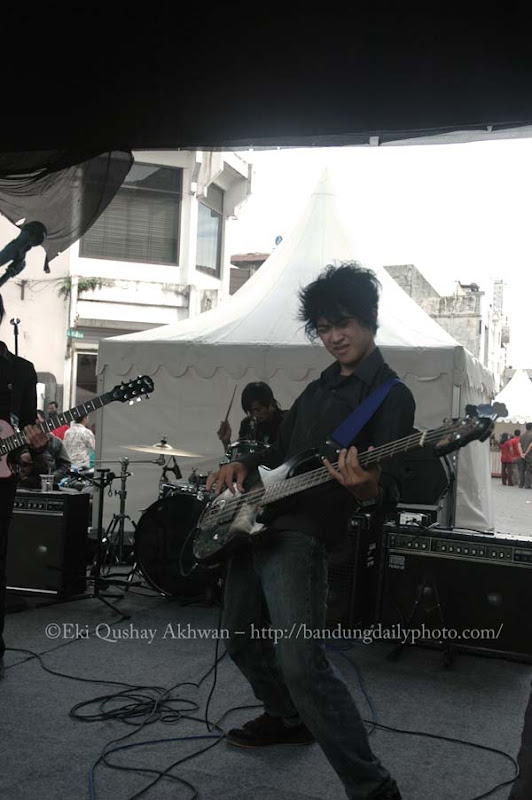
Creativity, a mental and social process whereby new concepts or ideas are generated, is a complex phenomenon. Different branches of sciece have studied it. However, up to this point, there are no unified authoritative explanations yet of how it is generated or how it can be nurtured. Some say, it's a Divine gift. Some others say it has to do with personality traits or social environment. There are even people who believe that it happens by chance.
Regardless of the theoretical debates, there is enough evidence that some communities are more creative than others as shown by the creative works they have produced. This phenomenon can probably show that creativity is to a large extent socially generated and nurtured. Based on this assumption, Nickerson (1999), for example, proposed some techniques whereby creativity can be generated and nurtured. Some of these techniques include encouraging confidence and willingness to take risks and providing opportunities for choice and discoveries.
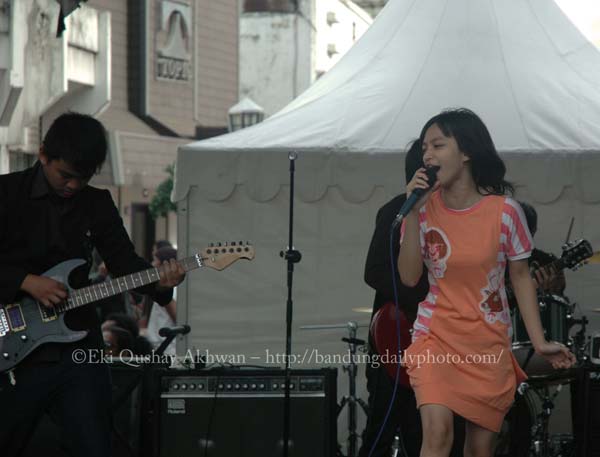
Bandung Creative City is not just a title that has been awarded to this city for nothing. A lot of trend-setting creative products of fashion, designs, architecture, and music have been made in the city. 80 percent of Indonesia's top music groups, for example, originates from this city. Big names that are currently at the top music charts in Indonesia, Malaysia, Singapore, and Brunei, such as Peterpan, The Cangchuters, and Kuburan - just to mention a few - are originally from Bandung.
The emergence of these groups does not come by chance. This city nurtures creativity by providing a lot of opportunities for young aspiring talents to experiment, show, and perform their creative works. These photos of young emerging music groups performing on stages set on Braga street sometime ago are just some examples of how the city nurtures creativity.
